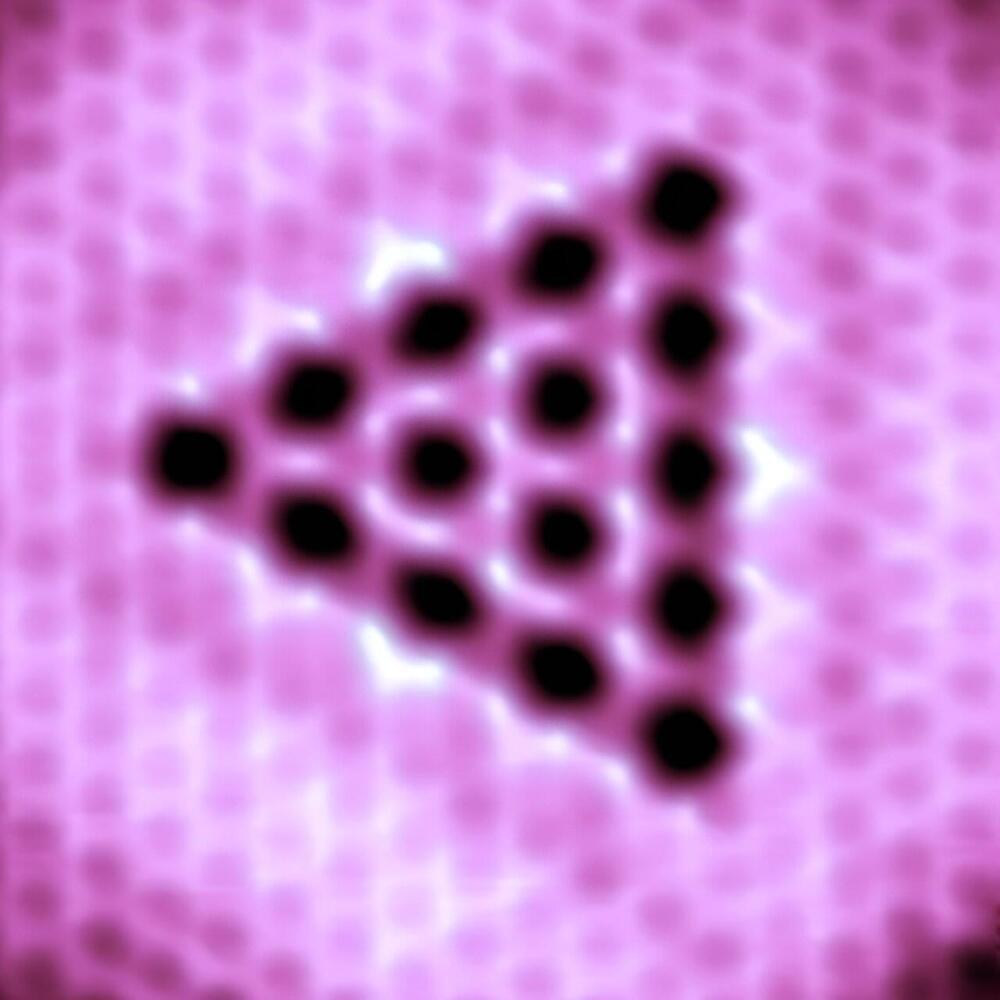National University of Singapore (NUS) scientists demonstrated a conceptual breakthrough by fabricating atomically precise quantum antidots (QAD) using self-assembled single vacancies (SVs) in a two-dimensional (2D) transition metal dichalcogenide (TMD).
Quantum dots confine electrons on a nanoscale level. In contrast, an antidot refers to a region characterized by a potential hill that repels electrons. By strategically introducing antidot patterns (“voids”) into carefully designed antidot lattices, intriguing artificial structures emerge.
These structures exhibit periodic potential modulation to change 2D electron behavior, leading to novel transport properties and unique quantum phenomena. As the trend towards miniaturized devices continue, it is important to accurately control the size and spacing of each antidot at the atomic level. This control together with resilience to environmental perturbations is crucial to address technological challenges in nanoelectronics.
